Foundation

What is a foundation in Building Construction? In building construction, the foundation is the lowest part of the structure that is directly connected to the surface or ground. Foundations are the structural element of the building that is responsible for effectively transferring the total structure’s load to the underlying ground or soil. The foundation evenly […]
Glass

Glass is an inorganic building material that is made from liquid sand. It is a hard but at the same time very fragile non-crystalline solid that is often transparent or translucent, brittle, and chemically inert.
Tuscan Order
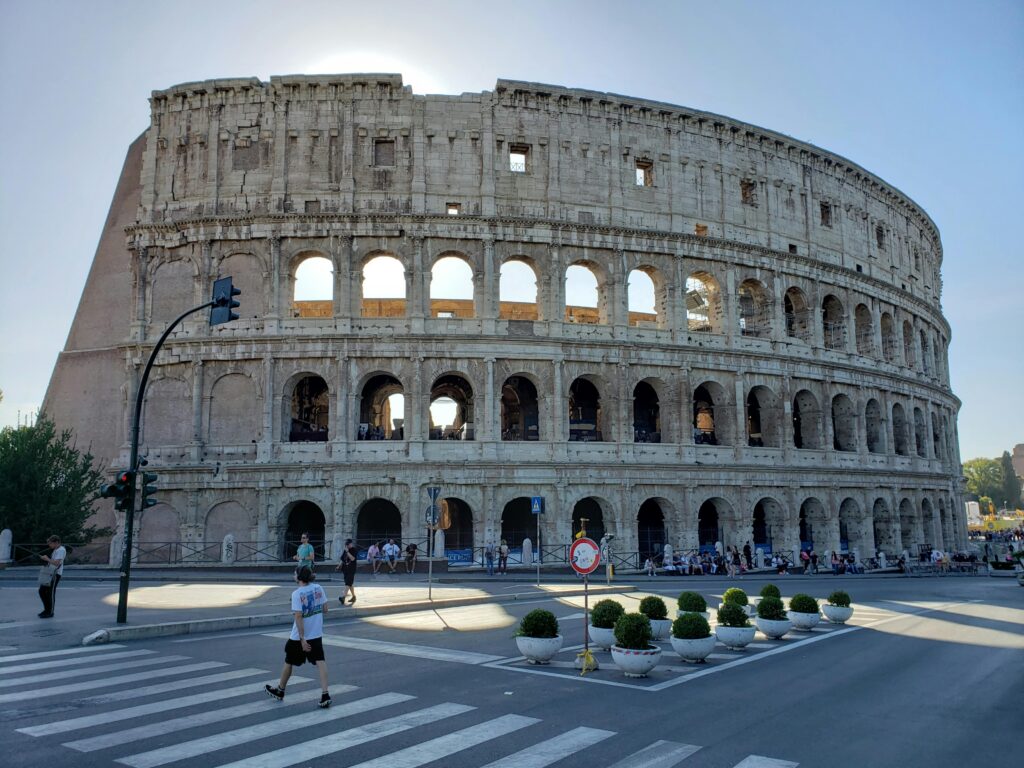
The Tuscan order is one of the classical orders of Roman architecture; the other four are Ionic, Doric, Corinthian, and Composite. The Tuscan order originated from the Etruscan civilization during the Iron Age.
Ionic Order
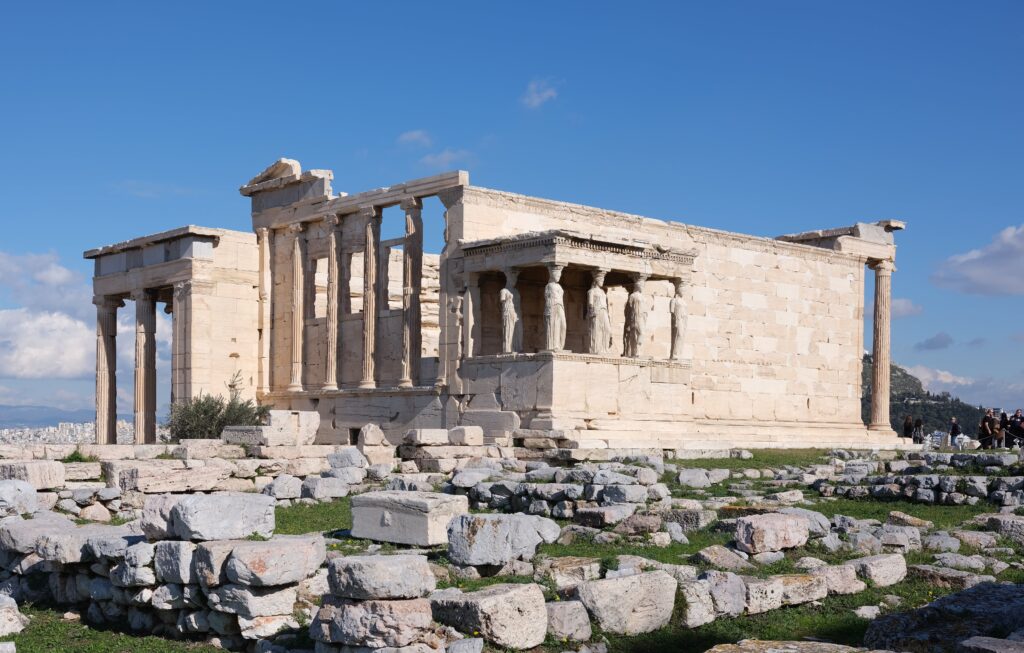
The Ionic order is one of the classical orders of Greek architecture; the other two are the Doric and Corinthian orders. The Ionic Order first originated in Ionia, a coastal region of central Anatolia (in present-day Turkey). At that location, a number of Greek settlements were present.
Drainage System
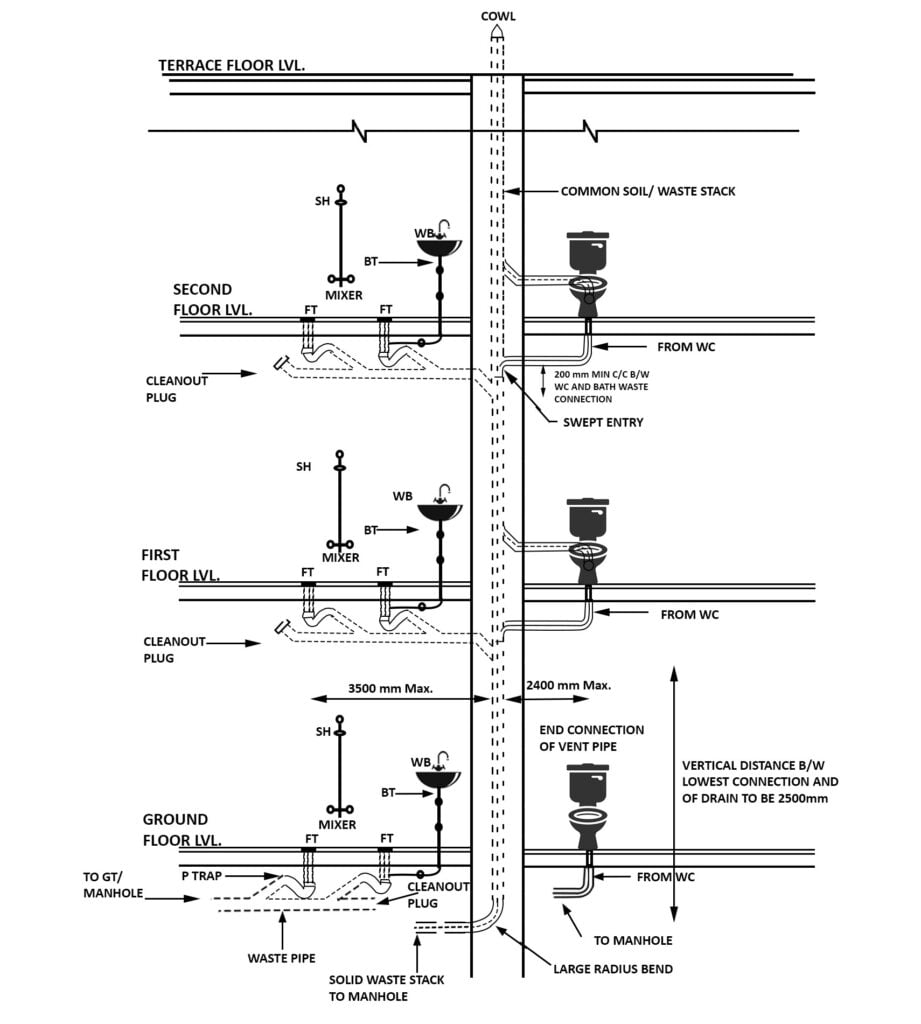
A drainage system that involves the removal of surface water through well-defined pipeline connectivity or channels is known as a drainage system. Drainage systems for buildings are constructed to work under gravity wherever possible.
Doric Order

The Doric order is one of the simplest and most primitive of the three ancient orders of Greek and Roman architecture. It is easily distinguished by the simple circular capitals at the tops of the columns.
Corinthian Order
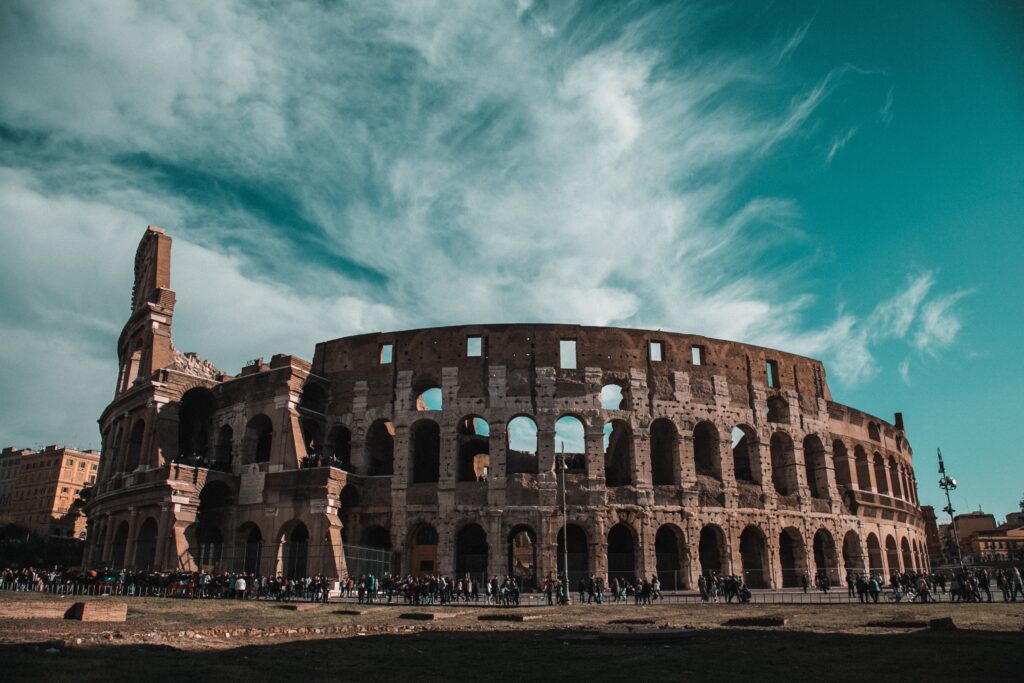
The Corinthian order is one of three classical orders in Ancient Greek and Roman architecture. It is the most elaborate of all three orders and was the least developed. This architectural style is characterized by slender fluted columns and elaborate capitals ornate with acanthus leaves and scrolls.
Curb

In architecture, a curb or kerb is an element that is present at the edges of roads, streets, and highways. It is used to highlight the roads, separates the road from the sidewalks, and provide a good flow of surface water drainage to the road.
Cornice
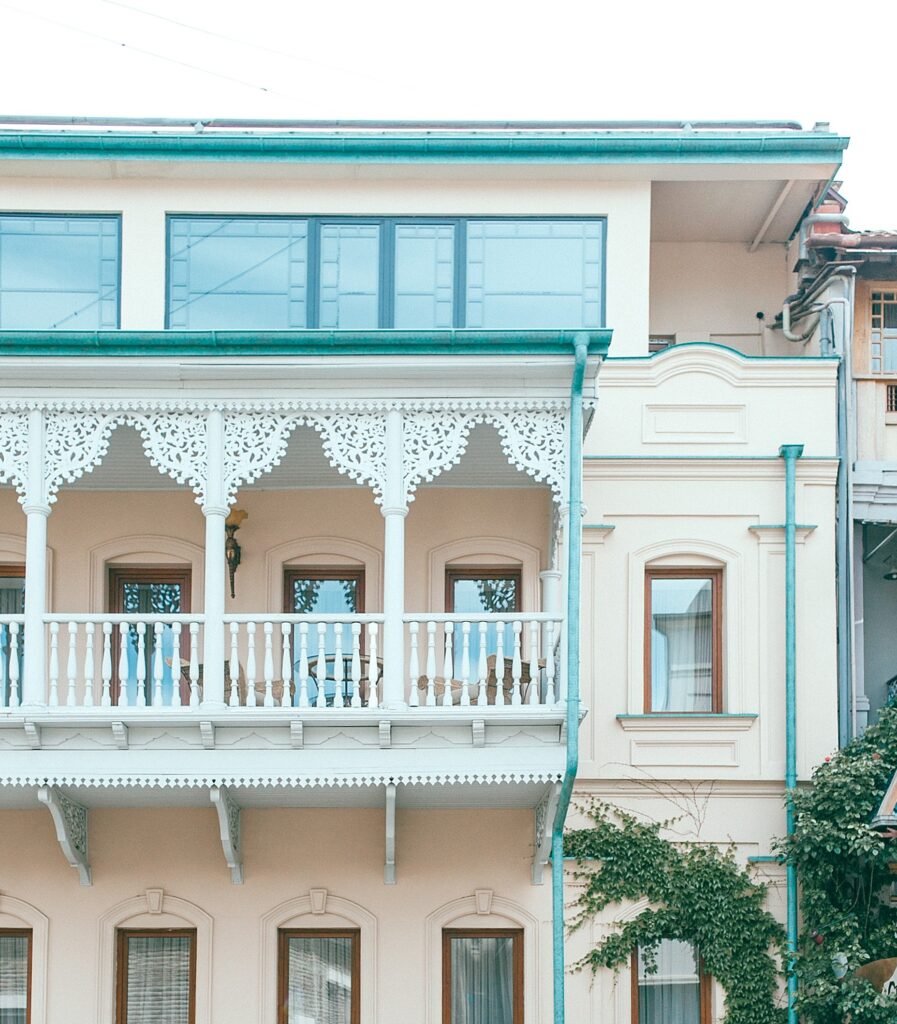
In architecture, a cornice is a decorative element that is typically found between walls and a roof or ceiling. It is also found in many furniture pieces as a crown and highlighting element, mainly over a door, window, or above kitchen cabinets and bookcases. Cornices are used in residential and commercial buildings’ exteriors and interiors to serve an aesthetic as well as functional purpose.
Coping

In construction, the coping or capping is built on the compound wall, parapet wall, and boundary wall. Coping is provided to avoid the seepage of water into walls during the rainy season. The water gets drained by the slope provided in the coping. Coping also adds to the overall appearance of a building or wall. The slope of 1:20 is provided to drain the water during the rainy season.

